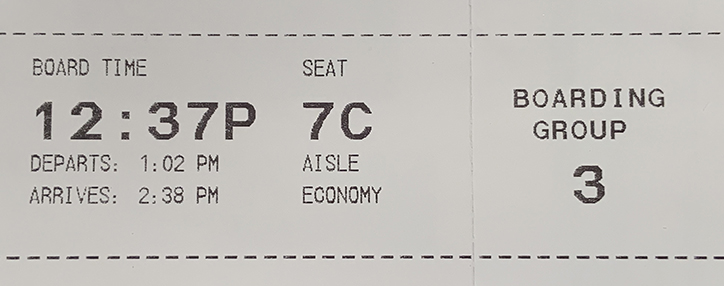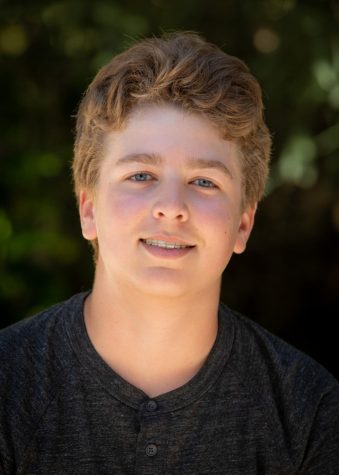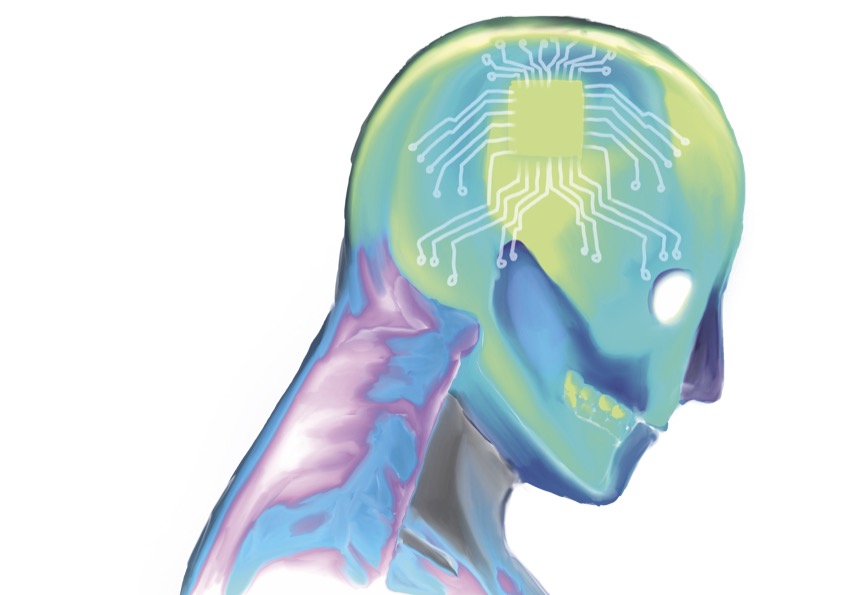Why is Airline Boarding Such a Hassle?
January 6, 2020
In the 1970’s, it took around 15 minutes to board a plane. Today, it takes 30-40 minutes. Why? Lots of reasons. There are more seats, with less legroom, and so more people have to get on every flight. The overhead compartment space is limited by the size of the plane, so more passengers have to compete for the overhead room. With the wait time to retrieve checked baggage and the cost of checked baggage fees, people are trying to cram as much as they can into the overhead compartments. Airlines are unlikely to take a revenue cut by reducing the number of seats on a given flight or to give up the 4.2 billion dollars they make each year from baggage fees. So, the solution to reducing boarding times may be to change the method by which people board.
How do today’s major airlines board? American, Virgin Atlantic, and Southwest use random boarding, which appears to be reasonably efficient. JetBlue, Air China, and Korean Air use variations on back-to-front boarding, which is one of the slowest methods, as everyone has to wait for every other person to finish stowing their baggage. United boards window-middle-aisle, which seems to work fairly well, but is less efficient than random boarding. Finally, Delta boards in the order of whoever paid most for their seat, which results in the most inefficient boarding method devisable—generally front-to-back.
Ignoring problems like separating families and people being late to the gate, what is the most efficient possible way to board a plane? After running numerous computer simulations, astrophysicist Jason Steffen from the Fermi National Laboratory put together two versions of the Steffen method. In the first, Steffen Perfect, every person is their own boarding group, and everyone lines up in exact order. The plane loads in alternating rows, on alternating sides, window-middle-aisle, back-to-front. Stops in the aisles are minimal and everyone goes quickly to their seat. However, this individual boarding method could be unpopular amongst travelers, especially groups that don’t want to be separated during boarding. Instead, Steffen Modified could be the solution, which involves four boarding groups that board in alternating rows, alternating sides, window-middle-aisle. Although empirically, it is the most efficient reasonable boarding method, no major airlines use Steffen Modified.
In the end, it seems unlikely that major airlines will switch exclusively to the most efficient boarding method because they earn revenue by charging passengers more to board earlier. However, some airports are testing more efficient boarding methods. As of late 2019, Gatwick airport in England has been trying different boarding methods, including a slightly modified Steffen method. In tests of the modified Steffen method, Gatwick was able to get people to cooperate, using a screen instructing passengers to board in exact order. Like many innovations, improved airplane boarding may only seem impossible until we try it.







